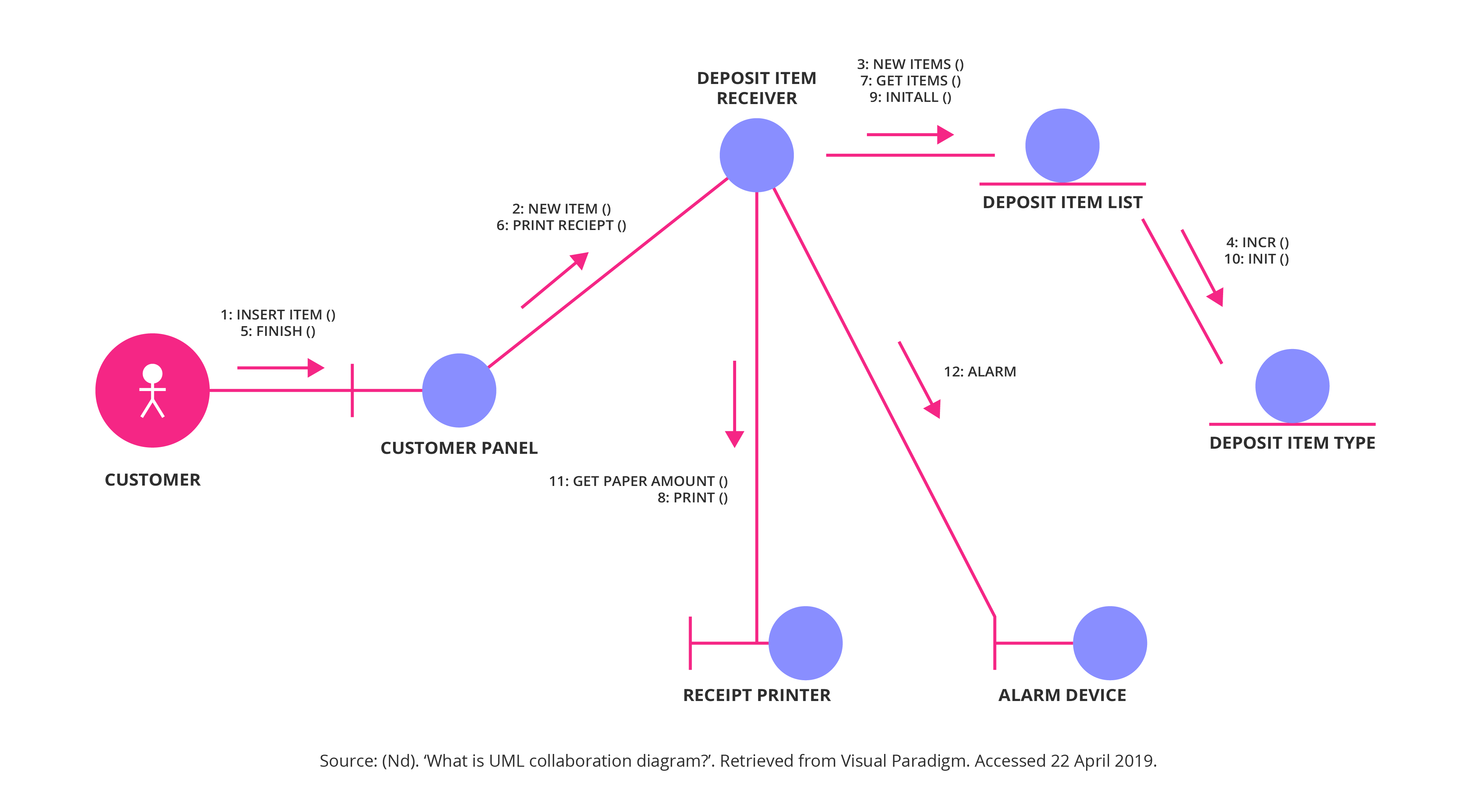

To identify who is involved in the entire process.To provide a basis for business process improvement.To understand how the process works and where the problems lie.To use as a basis for training members of staff.They also provide the bigger context for a project which when presented in a diagrammatic form can generate insights which produce a better set of requirements and identify possible requirement gaps – for example, where handoffs occur between different teams.īusiness process models are used for many purposes, including: Existing processes are largely manual and project objective is to automate the existing process.īusiness process models provide real value on a project as they can engage the business stakeholders in a language they understand.Business units understand only their part of the process.Existing processes are poorly understood and will be impacted by new project.There is value in undertaking ‘As Is’ process modelling for the following reasons (there may be other reasons): However, this may take considerable effort so it is important this is considered and it is decided there is benefit before it is undertaken. There may also be value in modelling the ‘As Is’ business processes. In a typical project of reasonable complexity, there is value in modelling the ‘To Be’ processes as these will be of value in the project for the reasons described at the start of the article. This article considers how process models can play a part in a ‘typical’ project where existing processes are impacted or new processes are introduced and does not explore lean or six sigma. Business Analysis Doctor – Business Analysis Courses Shopīusiness process models and business process modelling are used in a variety of circumstances including business process re-engineering (BPR) and business process management (BPM) and it can play a part in process improvement approaches such as lean and six sigma.




 0 kommentar(er)
0 kommentar(er)
